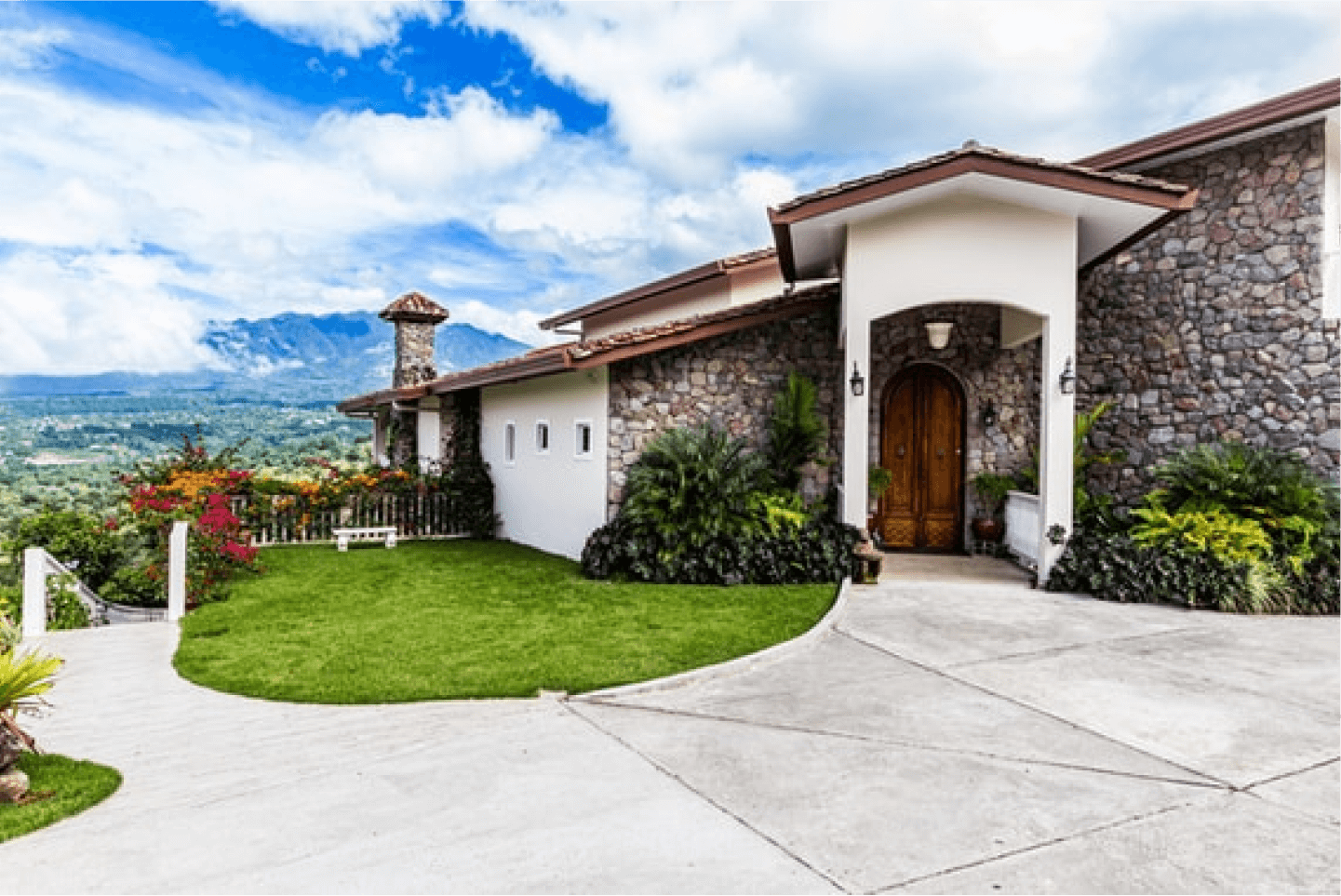
When it comes to buying a home, one of the biggest decisions you’ll face is choosing the right mortgage. This decision can greatly impact your financial future and the comfort of your monthly budget. It’s essential to understand the options available to you, particularly when it comes to fixed-rate mortgages and adjustable-rate mortgages. Each of these has unique features, benefits, and considerations that can influence your choice. Let’s take a clear look at these two types of mortgages, so you can make an informed decision that aligns with your financial goals.
A fixed-rate mortgage is just what it sounds like. The interest rate remains the same throughout the life of the loan, which typically ranges from 15 to 30 years. This means that your monthly payments remain consistent, which can make budgeting easier. Stability is one of the main advantages of a fixed-rate mortgage. No matter what happens in the economy or how interest rates change over time, your payment stays the same.
This predictability can be comforting for many homeowners. If you plan on staying in your home for a long time, a fixed-rate mortgage can save you money in the long run, especially if interest rates rise in the future. You’ll be locked into your rate, and as inflation increases, your payment remains unchanged, making it a potentially wise financial decision.
On the other hand, there is the adjustable-rate mortgage (ARM). With an ARM, your initial interest rate is typically lower than that of a fixed-rate mortgage. However, this rate is only fixed for a certain period, usually between 5 to 10 years, after which it will adjust periodically based on market rates. This means that your payment can change over time, sometimes significantly.
The main allure of an ARM is that lower initial rate. This can make homeownership more accessible by allowing you to afford a larger loan amount or lower monthly payments at the beginning of your mortgage term. For those who plan to sell or refinance before the adjustable period kicks in, this can be an attractive option. However, it’s essential to consider the potential risk involved. After the initial fixed period ends, your payments can increase based on market conditions, which could lead to financial strain if you aren’t prepared for it.
When deciding between a fixed-rate mortgage and an adjustable-rate mortgage, it is crucial to evaluate your financial situation and future plans. Here are several factors to consider:
1. **How Long Do You Plan to Stay in Your Home?** If you’re looking for a long-term home and want the security of consistent payments, a fixed-rate mortgage might be the better option. If you plan to move within a few years, an ARM could save you money initially.
2. **Your Risk Tolerance:** Are you comfortable with the idea of your payments potentially increasing over time? If you prefer predictability and stability in your budget, a fixed-rate mortgage could be more suitable. However, if you are open to some fluctuations in your monthly expenses for the chance to pay less initially, an ARM may work for you.
3. **Current Market Trends:** Understanding the current interest rates and economic outlook can help guide your decision. If rates are low, locking in a fixed-rate mortgage could be advantageous. However, if you think rates will drop further, an ARM could be appealing.
4. **Future Financial Plans:** Consider your long-term financial goals. If you are planning to grow your family, invest in renovations, or save for other financial opportunities, your mortgage choice should align with those goals.
5. **Monthly Payment Comfort:** How does each option affect your monthly budget? Make sure you assess how much of your income will be allocated to your mortgage payment under both scenarios.
6. **Potential for Refinancing:** Keep in mind that refinancing options are available if your financial situation changes or if interest rates drop significantly in the future. This can provide flexibility, whether you choose a fixed-rate or an adjustable-rate mortgage.
As you evaluate these factors, remember that there is no one-size-fits-all answer. What works for one person may not suit another. The best choice depends on your unique financial picture and your homeownership goals. It’s important to gather as much information as you can to feel confident in your decision.
Additionally, I encourage you to think about your overall financial strategy. Are you planning to save for retirement, invest in other properties, or perhaps start a business? Your mortgage should fit into a larger plan that supports your ambitions.
If you find yourself overwhelmed by the details or unsure which route to take, don’t hesitate to reach out for more personalized insight. Discussing your specific needs and circumstances can help clarify which mortgage option aligns with your financial goals.
Choosing the right mortgage is a significant step in your home-buying journey, and it’s essential to feel empowered and informed as you make this decision. Remember, you have the opportunity to create a financial future that is both stable and promising. Reach out today to discuss your options and find the mortgage solution that best fits your needs. Your dream home is within reach, and I’m here to help guide you every step of the way!


Loan Officer
UFFC Mortgage | NMLS: 2583221